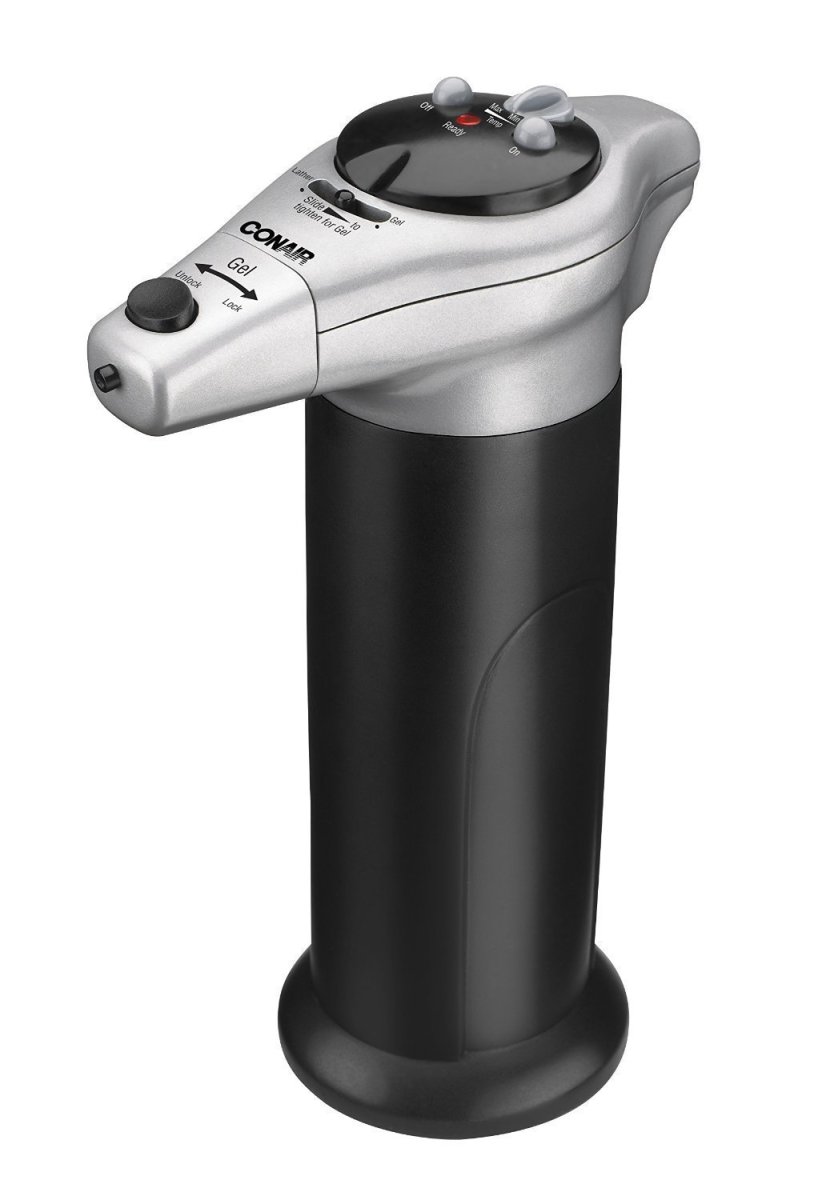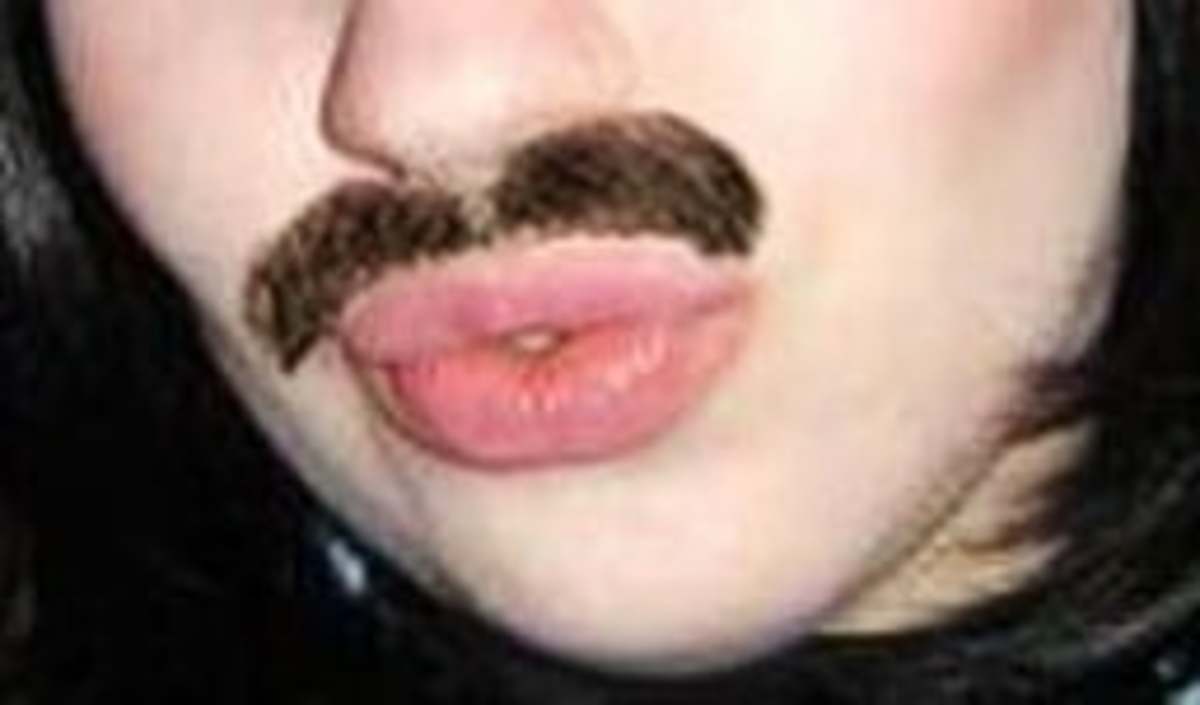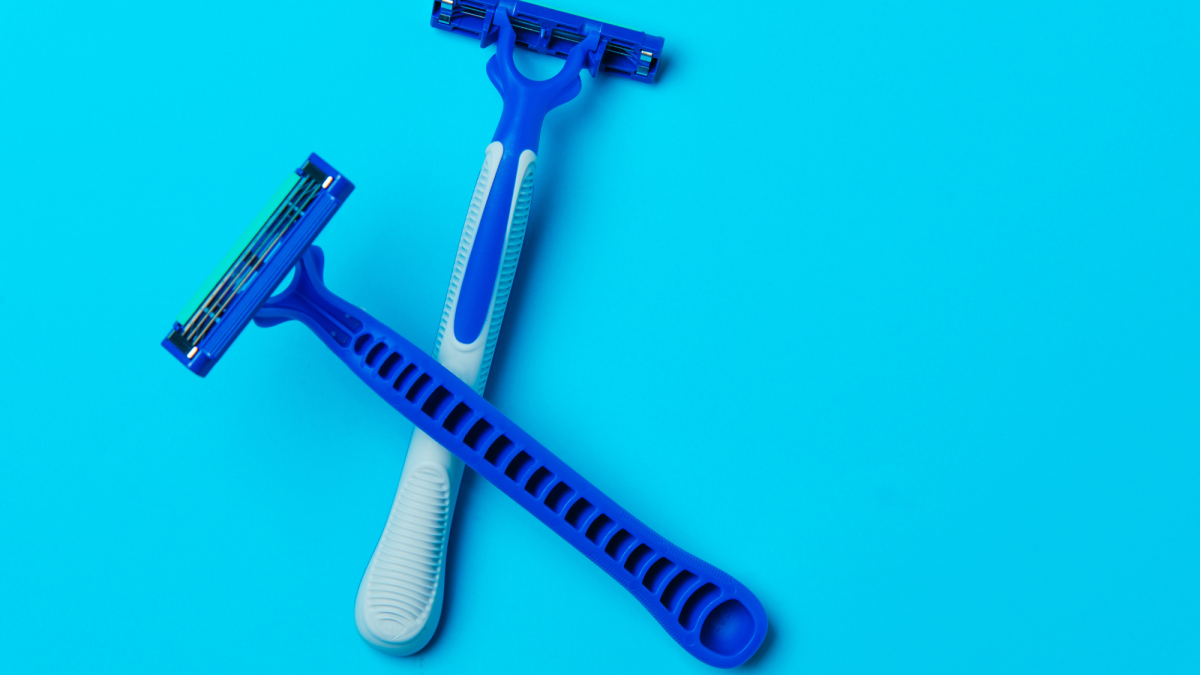Traditional wet shaving - the first step in reducing/eliminating bumps and ingrown hairs
Skin Preparation
In this article I will explain traditional wet shaving with the use of a double edge safety razor, as I have yet to master the technique of a straight razor. There are four components - skin preparation, cream workup, shaving, and after care of the skin.
For skin preparation, the first thing I would recommend is washing your face with hot water and soap. Soap is important in removing oily residue and other contaminants from the skin better than just washing with hot water alone. Having a wet face while preparing the cream will also allow time for the hair to soften while you are preparing the cream.
Cream Workup
This can be the most frustrating part for people who have never done this before. Just a little too much water will result in a thin runny film that is hard to keep on your skin rather than the desirable thick lather. Too little water will result in a dry lather that will not spread adequately or yield enough product to last more than one pass. It is necessary to get the right cream to water ratio just right.
Because this is a rather precise step, I do not recommend pouring water into your shaving bowl and dipping your brush into the cream. Dipping your brush into the cream will leave an uncertain hangup on the brush. I find that it is best to take an almond sized portion of cream, using either your finger or other scooping instrument, and smear it into your shaving bowl. What I do is wet my brush thoroughly under the faucet, then give it two big shakes, then put it in my bowl and start mixing. That will sometimes yield near the right amount, but usually a bit too little. It is easier to add more water than to correct the lather the other way. When I have too little water, I turn on my faucet so it's dripping, and add between 5-7 drops of water, then resume mixing. It should take about a minute to get a thorough mix. If there is still too little water, repeat that last step. You don't want to add too much water at a time, or you will get the runny film. I have read shaving tutorials that tell you that if you put too much water in, your lather is worthless and you have to start over. This is not true. You can always equilibrate the other way. If you do end up overshooting the water, take a very slight dab of cream with your finger, about a quarter the size of an almond, place it on your brush, and mix for another minute.
When you achieve a thick but workable consistency, it will appear as if there is not enough cream in the bowl to complete your shave. Don't worry, most of the cream is contained in the brush, and there is enough. After the cream is prepared, rinse your wet face again with hot water.
Shaving
You will notice there will be multiple settings on your razor. My Merkur has six settings, and that determines the angle of the blade. The setting that is necessary for you depends largely on the direction, contour, and texture of the hair. Set it to the lowest setting possible for the blade to cut the hair. This can take some trial.
There are three directions of movement with respect to your hair. There is with the grain (WTG), across the grain (XTG), and against the grain (ATG). For those of us prone to bumping, I would advise against ever going ATG, especially if you have coarse hair. Always shave WTG on the first pass. You are only going for par, not trying to take off all the hair in one pass.
Another important area is how much pressure to use. A double edge safety razor weighs considerably more than a cartridge razor. When shaving in a downward direction, many people find they don't have to use pressure at all; the weight of the razor suffices. If you do need to use pressure, use very light pressure. Hold the razor near the end, not near the blade. If you are shaving in an upward or sideways direction, naturally you will have to use some pressure, the gravity of the razor otherwise will pull away from your face. In those directions I usually hold the razor at about midpoint on the handle.
You should shave WTG until at least 80% of the hair is removed. After this has been completed, shave XTG for one pass. This will give a closer shave than WTG, perhaps not quite as close as ATG. But it will be without the aggressiveness against the skin and hair direction that usually comes with shaving ATG.








